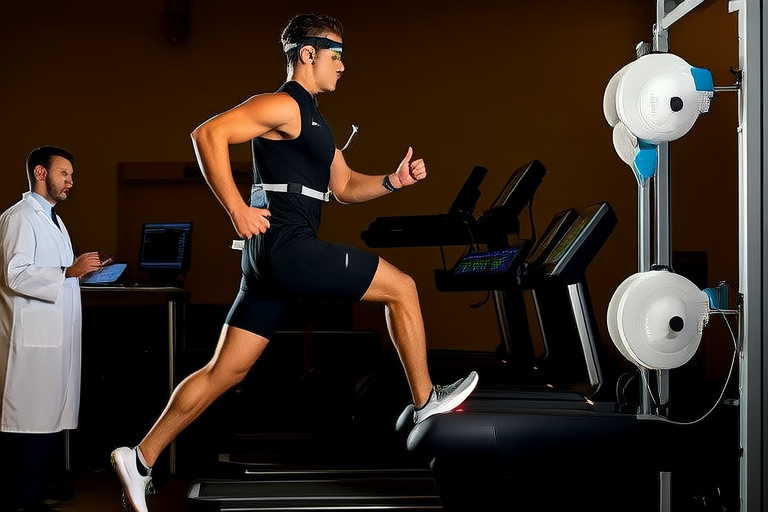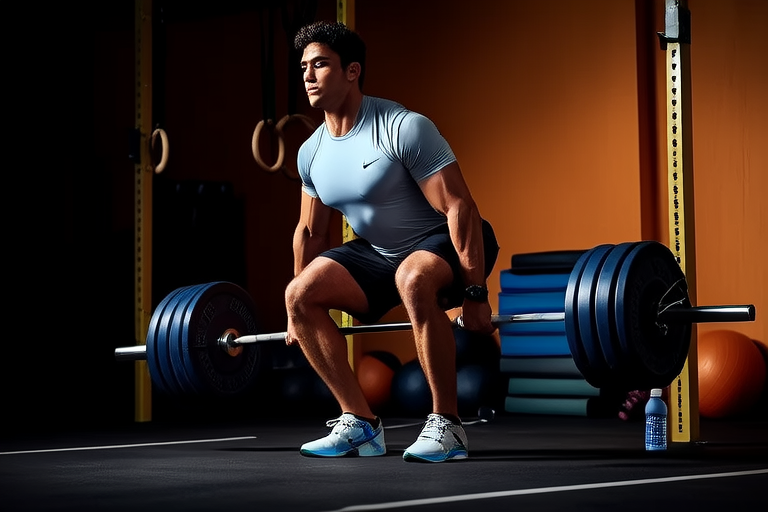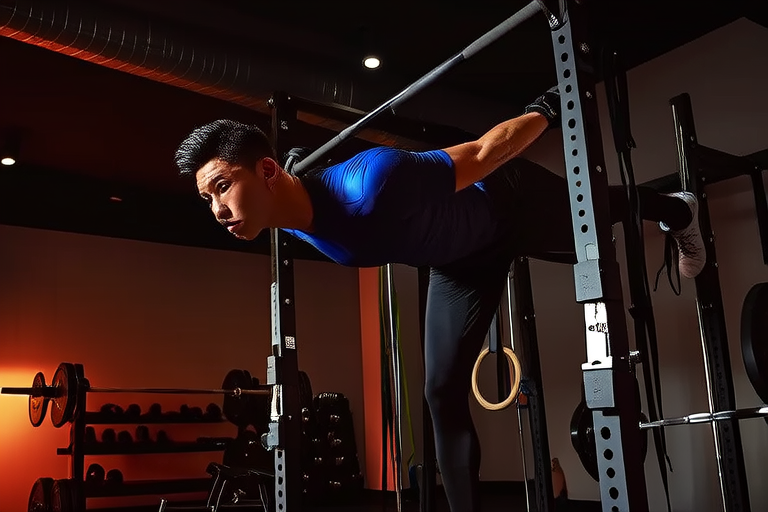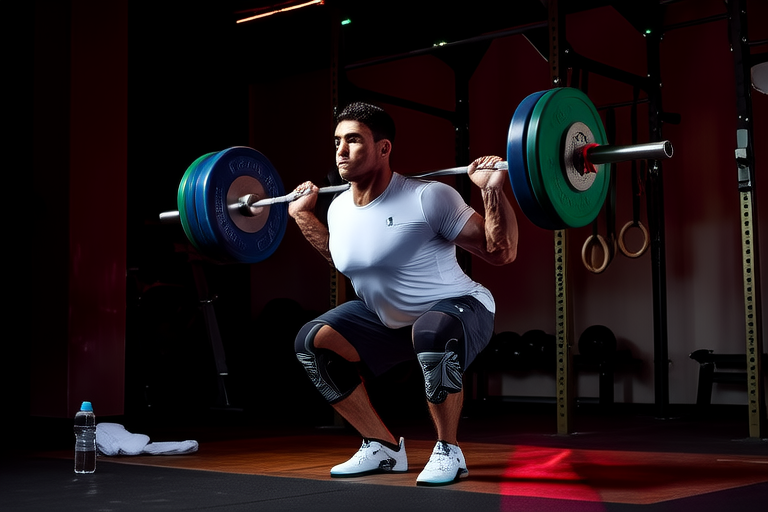Sports Science: Enhancing Athletic Performance Safely
Introduction
The world of sports has seen remarkable advancements in recent years, largely due to the integration of sports science into training regimens. Sports science encompasses various disciplines, including physiology, psychology, biomechanics, and nutrition, all aimed at optimizing athletic performance. While the focus is often on achieving peak performance, it is equally important to emphasize the need for maintaining health and preventing injuries. This article explores how sports science can enhance athletic performance across several key areas—nutrition, hydration, training techniques, recovery methods, mental preparation, and injury prevention strategies—while stressing the significance of balancing performance enhancement with safety measures.
Nutrition
Nutrition plays a pivotal role in enhancing athletic performance. Proper nutrition provides the necessary fuel for optimal physical performance, supports muscle growth and repair, and aids in recovery. Athletes must consume a balanced diet rich in carbohydrates, proteins, fats, vitamins, and minerals. Carbohydrates serve as the primary energy source during high-intensity activities, while proteins help build and repair muscles. Fats are essential for hormone production and energy storage. Vitamins and minerals support overall health and immune function.
Dietary supplements may also be beneficial when carefully selected and used under professional guidance. However, it is crucial to approach supplementation cautiously, ensuring that any supplements consumed are safe and effective. Excessive intake of certain substances can lead to adverse effects, including toxicity or interference with other medications. Therefore, athletes should consult with healthcare professionals before starting any new supplement regimen.
Hydration
Proper hydration is vital for maintaining optimal athletic performance. Dehydration can impair cognitive function, reduce endurance, and increase the risk of heat-related illnesses. Athletes should aim to drink fluids before, during, and after exercise sessions. The amount of fluid needed depends on factors such as body weight, environmental conditions, and intensity of activity.
In addition to water, electrolyte replacement drinks may be necessary for prolonged or intense activities to replenish lost salts and minerals. It is advisable to avoid excessive caffeine consumption, which can act as a diuretic and exacerbate dehydration. By staying well-hydrated, athletes can maintain their performance levels and minimize the risk of heat stress.
Training Techniques
Effective training techniques are fundamental to improving athletic performance. A well-designed training program should include a mix of cardiovascular exercises, strength training, flexibility routines, and sport-specific drills. Cardiovascular exercises improve endurance and aerobic capacity, whereas strength training enhances muscular power and stability. Flexibility exercises promote joint mobility and reduce the likelihood of injuries. Sport-specific drills refine skills and techniques pertinent to the athlete’s chosen discipline.
Periodization, a systematic approach to structuring training programs, involves dividing the training year into phases characterized by varying intensities and volumes of work. This method helps prevent overtraining and allows for strategic preparation for competitions. Additionally, incorporating interval training, where short bursts of high-intensity exercise alternate with periods of rest or lower-intensity activity, can significantly enhance performance.
Recovery Methods
Adequate recovery is essential for sustaining high-level athletic performance. Recovery methods encompass both passive and active approaches. Passive recovery includes sleep, relaxation, and rest days, which allow the body to heal and rejuvenate. Active recovery involves low-intensity activities such as walking, swimming, or yoga, which can aid in circulation and muscle repair without placing undue stress on the body.
Massage therapy, foam rolling, and stretching are additional tools that can facilitate recovery by reducing muscle tension and promoting blood flow. Cryotherapy, the use of cold temperatures to reduce inflammation and pain, has also gained popularity among athletes seeking to expedite recovery. Importantly, recovery should be personalized to suit individual needs and preferences, ensuring that athletes receive the most effective support for their specific circumstances.
Mental Preparation
Mental preparation is often overlooked but plays a critical role in athletic success. Psychological factors such as confidence, motivation, and focus can significantly influence performance outcomes. Techniques like visualization, goal setting, and mindfulness meditation can help athletes develop a positive mindset and enhance concentration. Visualization involves mentally rehearsing performance scenarios, which can improve technique and reduce anxiety. Goal setting provides clear objectives and benchmarks for progress, fostering a sense of purpose and direction. Mindfulness meditation encourages present-moment awareness, enabling athletes to stay focused during competition.
Working with a sports psychologist or counselor can further support mental preparation by addressing any underlying issues that might affect performance. These professionals can offer tailored advice and interventions to optimize psychological well-being and resilience. By investing time and effort into mental preparation, athletes can achieve greater consistency and overcome challenges more effectively.
Injury Prevention Strategies
Preventing injuries is paramount for sustaining long-term athletic participation and success. Injury prevention strategies include proper warm-up and cool-down routines, use of protective equipment, and adherence to safe training practices. Warming up prepares the body for physical exertion by increasing heart rate, raising core temperature, and lubricating joints. Cooling down facilitates recovery by gradually reducing heart rate and promoting blood flow back to the heart.
The selection and maintenance of appropriate protective gear, such as helmets, pads, and mouthguards, are crucial for minimizing the risk of injury. Athletes should ensure that their equipment fits correctly and is in good condition. Moreover, following established guidelines for training loads and intensities can prevent overuse injuries. Regular assessments of training volumes and monitoring of fatigue levels are recommended to maintain a balance between challenge and safety.
Strength and conditioning programs that target weak areas and improve overall fitness can also contribute to injury prevention. By addressing imbalances and strengthening supporting structures, athletes can enhance stability and reduce the likelihood of musculoskeletal issues. Incorporating agility drills and proprioceptive exercises further promotes neuromuscular control and coordination.
Conclusion
In summary, sports science offers numerous opportunities for boosting athletic performance through advancements in nutrition, hydration, training techniques, recovery methods, mental preparation, and injury prevention strategies. However, it is imperative to prioritize health and safety alongside performance goals. By adopting a balanced and comprehensive approach, athletes can maximize their potential while minimizing the risks associated with intense physical activity. Emphasizing caution and personalization ensures that athletes remain healthy and injury-free throughout their careers, ultimately leading to sustained excellence in their respective fields.










